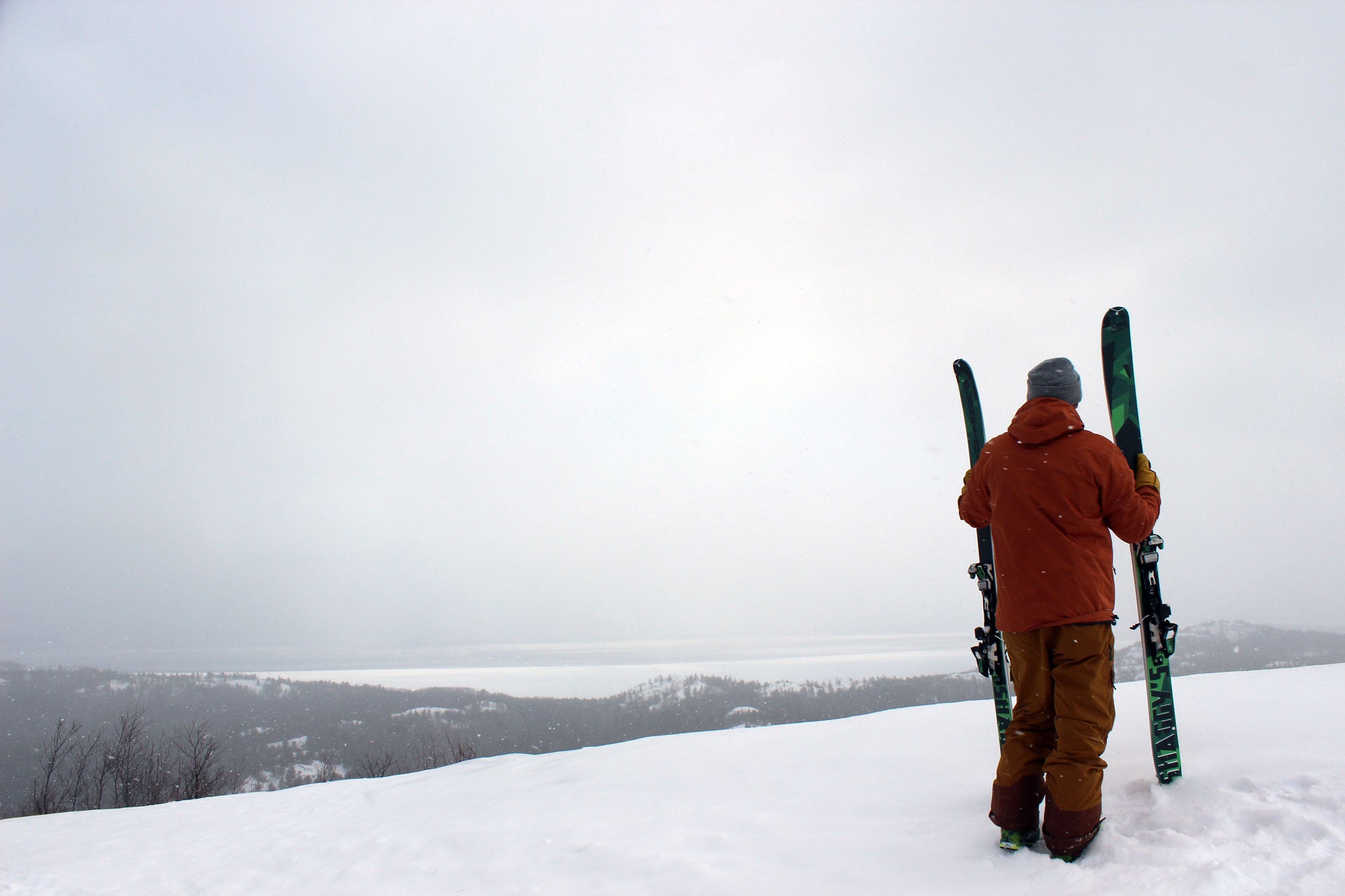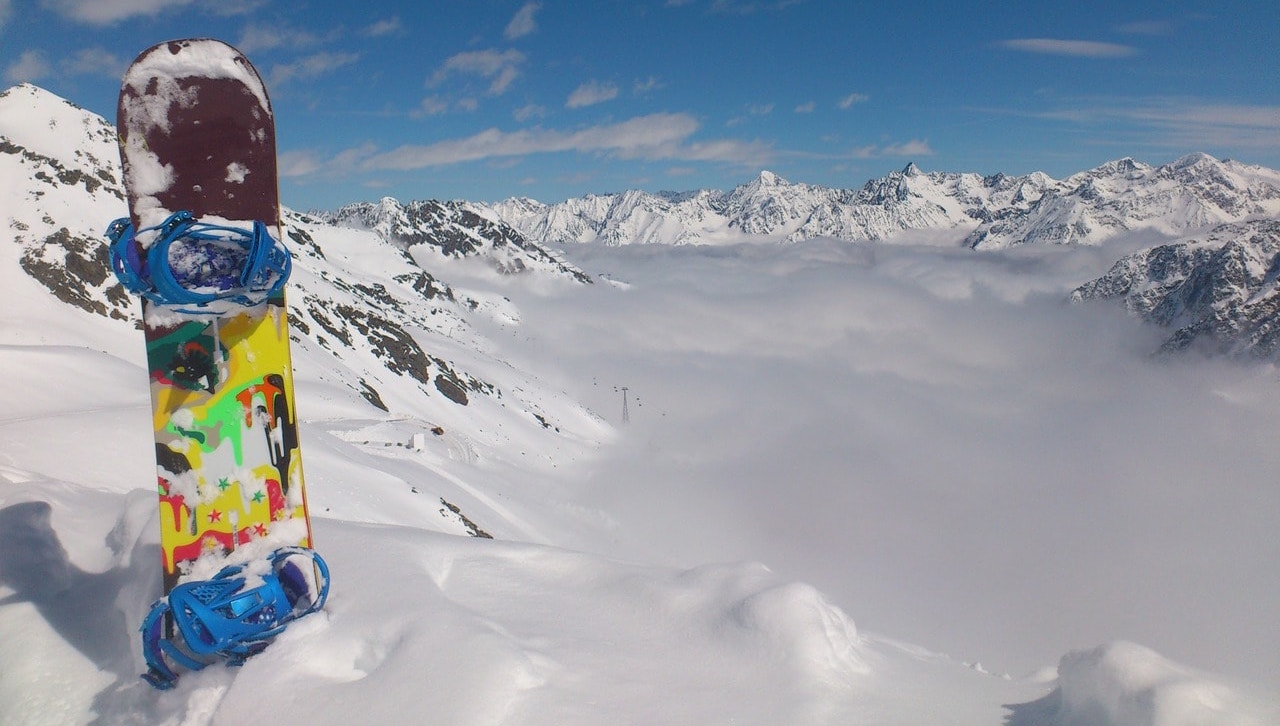
Cross country skiing is an enjoyable, low-impact sport that can be enjoyed by all ages. They are also a great way to stay in shape, since they are aerobic and use all major muscle groups. It's easy to start. Be sure to have the correct equipment
First, choose the right binding and ski for you. Boots and ski poles are both options that you might want to consider, especially if this is your first time. Consider what terrain you are looking to ski on. Beginners should start on flat terrain.
The most important part of the skiing experience is balance. The more balanced you are, the easier it is to control your body. You can help accomplish this by bending your hips and knees. This can improve your control and prevent injuries.

You should also consider the wax type you use for cross-country skiing. There are many types to choose from, such as glide wax or grip wax. Glide wax is good for downhill skiing, while grip wax is for uphill skiing.
The style of cross country skiing you wish to do is important when selecting the right cross-country skis. There are two types of cross-country skiing: skate and classic. Skate skiing, on the other hand, is done on groomed tracks.
For beginners, you should get a pair that is both short and long. These can help you get a grip on the snow and prevent you from getting hurt. Your height should not be less than 5cm. If you are heavier than average, add at least 5cm to your skis' length.
As for gloves, you should wear gloves that keep your fingers warm. Also, make sure you have warm socks. If your feet are too cold, blisters can occur. Layers are a must. First, you should wear a lightweight outer layer that protects from the wind. Then, layer on an inner layer that is breathable.

It's also a smart idea to invest in quality ski poles. A good pair can be adjusted so you can customize their length. To prevent them from wagging, keep your poles near your body.
It is important to choose boots that are comfortable. Boots that are too tight can lead to blisters. Choose boots that are both insulated and comfortable for your toes. The wrong boots could prevent you from enjoying your cross-country adventure.
Make sure you have a small rucksack with you and a pot of tea. You'll need to stop for a break as your legs will be sweaty. You will need to cool your legs after a long, tiring day.
FAQ
What should you do first when you arrive at your destination?
It is a good idea to have a plan for when you get to a destination. It will let you know what to expect, and where to go next.
Plan ahead to make sure you don't overlook anything.
For example, if you plan on visiting a city for more then one day, make sure you research which parks, museums, and landmarks are available.
You might also want to get a map and learn more about the history of the region.
How long does it take to fly between two countries?
The time taken to fly varies depending on the distance between the airports and the weather conditions.
The average flight time is approximately 3 hours.
However, the flight time depends on many factors such as airline, aircraft types, delays at airports, weather conditions and other factors.
Where should I store my luggage?
There are several different options available. The most popular option is to use lockers in airports. These are normally located near the security area. You can get one for $5-10 per Day, depending on how big the locker is.
Another option is to rent a storage unit. These are often found outside large hotels or shopping centers. There are discounts available for multiple units, although prices can vary.
You can also hire a porter. A porter will help carry your luggage from the carousel to your room. He will charge a small service fee for each trip.
How do you prepare your body for vacation?
To live a healthy life on vacation, you need to eat well and exercise.
You should also ensure you are well rested and hydrated before leaving home.
It is important to ensure that you have all required travel documents and medication.
Also, be sure to bring enough medication for your trip in case you need it.
Make sure you bring a change of clothes in the event that you are injured or get sick.
Here are some things you should never forget about when traveling.
You will find yourself in situations that leave you with very little time for making decisions when you travel. Prepare to be flexible.
You may be stuck someplace for hours or days, or even months. If you've planned ahead, you'll have food, water, shelter, and a place to sleep. You may need to improvise if you don't plan ahead.
These cases will likely require you to rely on the things you are most skilled at. That means making quick decisions based on instinct and experience.
But there are times when you can't choose. For example, you could be stranded in an area without cell phone service, running out of gas, or having been robbed. You will need to be flexible to any situation that presents itself.
The key to success is to stay calm, remain focused and act decisively. Don't panic. Instead, stay focused on what you have control of.
For example, if you're lost in the woods, you can choose which direction to go. You can also eat berries and mushrooms if you feel hungry. You can also drink rainwater and melt snow if you feel thirsty.
If you're tired, rest. If you're cold, you can bundle up. If it is wet, you have the option to change clothes. You will feel happier no matter what, if your outlook is positive
Do you ever worry about forgetting something when you travel?
Yes, I often forget stuff. This is most common on short trips. Fortunately, I always have everything, so I never run short of things.
For example, my passport is always with me. When I buy tickets, I always ensure that I have enough cash.
Also, I always take my phone charger. For other items, I carry a small bag.
What documents should I have with me while traveling?
You can always access important documents while you are on the road by keeping copies at home. If you plan on using an ATM machine, you may want to keep a copy of your passport, driver’s license and other official identification cards.
It is a good idea if you have a photocopy your passport so that it can be used in the event of a need.
Make sure to keep a copy of your itinerary and any reservations. These will help keep you organized and allow you to plan your trip.
This should be in addition to the original flight ticket and hotel reservation details. You will be able to reach someone back home if there is any trouble.
It's a good idea to never leave valuables unattended. You can keep your valuables safe by keeping them in your wallet or inside your bag.
Check your bag before you go to prevent losing expensive items.
Remember: It's always safer to keep things simple than to try to over-plan everything.
Let's just be relaxed and enjoy the journey!
Statistics
- According to Maori legends, this park holds 14 fjords that were all carved by a giant stonemason with an adze. (busytourist.com)
- They're also likely to offer babysitting services, in case you'd like to have dinner one night after 7 p.m. (travelandleisure.com)
- You can use compression sacs or cubes to reduce the volume of your clothes by up to 80%—this is especially convenient for bulky items such as sweaters and jackets. (eaglecreek.com)
- Between the ages of 11 and 13, kids, or tweens, will likely want some autonomy but also need boundaries. (travelandleisure.com)
- Alcoholic beverages with more than 24% but not more than 70% alcohol are limited in checked bags to 5 liters (1.3 gallons) per passenger and must be in unopened retail packaging. (tsa.gov)
External Links
How To
How to plan your next getaway
Planning a trip requires many things, such as booking flights and hotels, car rentals, activities, and so on. It includes important considerations such a budget, destination, weather forecast, time frame, etc.
You should always remember these points while planning your next vacation.
To ensure you get everything right, we have created a step-by-step guide to help you plan your next vacation. This guide has been prepared based on our experience and customer feedback. We hope that you will find the following guide useful in planning your next vacation.
Steps:
-
Plan your Budget - This is the most important step to take when planning for a trip. Before you begin planning for your trip, you need to know how much money it is you are willing and able to spend. If you don't have the money, your plans may be cancelled.
-
Book Your Tickets - Once you've decided on your budget and set your priorities, booking your flight tickets is the first thing that you should do. Make sure you choose the best flight deal available at the lowest price. Also, check if airlines offer any special deals during certain seasons. These deals could save you a lot of money.
-
Pick Your Destination. Once you've booked your tickets, the next step is to decide where to travel. Numerous factors go into choosing your destination.
-
Find Accommodations - After choosing your destination, the next step would be finding accommodations. You have many accommodation options, from hostels and luxury suites to choose from. The type of accommodation you choose will depend on your preferences and needs. If you're looking for an area close to downtown, a hotel may not be the right choice. On the other hand, if you prefer quiet places away from crowds, a homestay may suit your requirements better.
-
Select Activities & Attractions: Now that you have selected your accommodation, it is time to decide which activities and attractions to include in the itinerary. Depending upon the length of your stay you have two options: choose just a few activities, or add many more to your itinerary.
-
You can now determine your schedule. Sticking to a plan will help you maximize the value of your trip. It's okay to be flexible and enjoy your vacation more.
-
Make an itinerary - This is where you include all details about your trip. You should list all the details, from flights to accommodation to activities to restaurants.
-
Research Online - Before leaving for your trip, research online so you won't miss anything. Find out what other travelers have to say about different destinations by reading reviews and testimonials. You will be able plan accordingly.
-
Pack Lightly - One of the biggest mistakes people make when packing is bringing too many clothes. Don't bring five clothes. Bring three. You should bring clothing that suits the conditions.
-
Make sure you are prepared - Get everything organized before you head out on your trip. Don't waste time searching for important documents in transit.